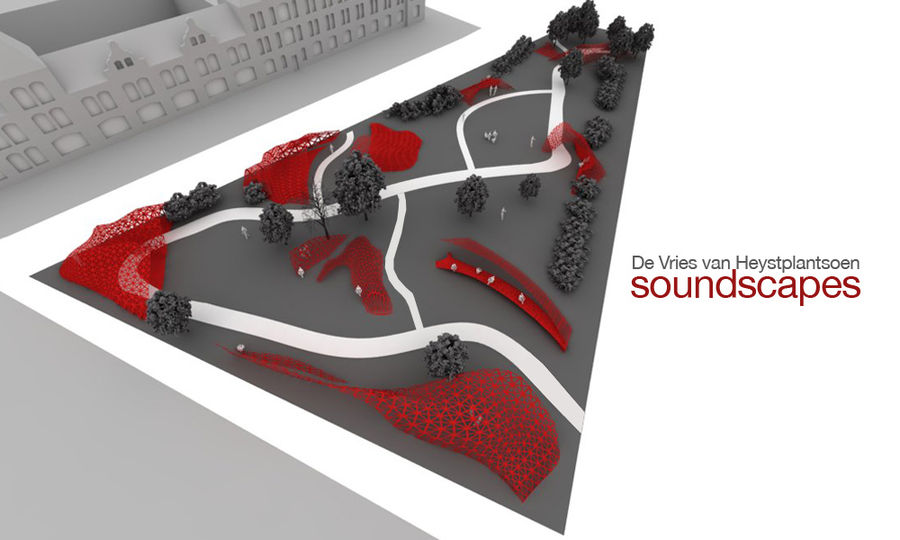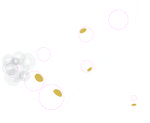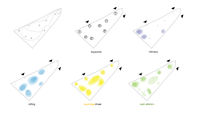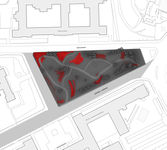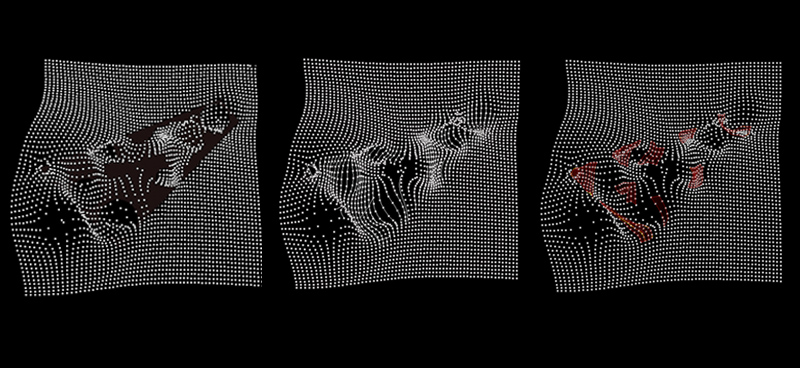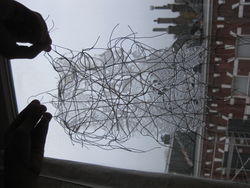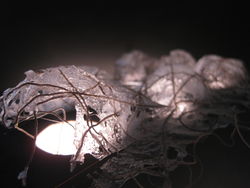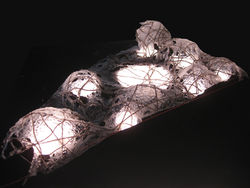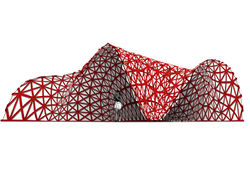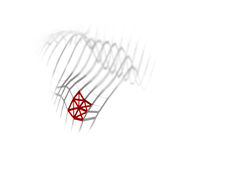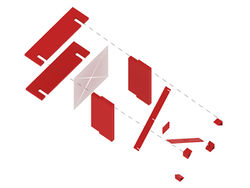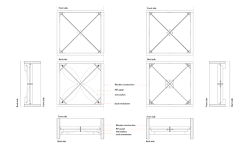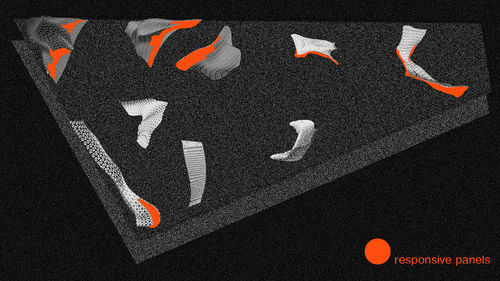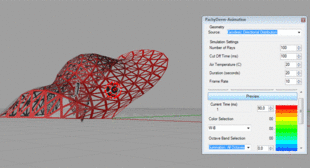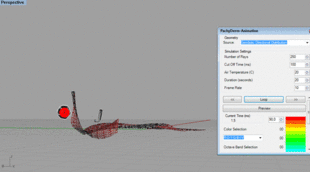project D:Home
Contents |
sounds of the urban park
"Experience is the crystallization in a field of raw sensations - aromas, colours, textures, fears; which are held together by habit. Habit is a non-linguistic repetition of ideas in everyday life." - Manuel De Landa
The user's meaning of a park includes fixed ideas such as green, open, tweeting, serenity, intimacy,companionship etc; these create a specific definition of a park. Every time the word park arises, these exact memories are recalled; but what is missing in the user's association for the De Vries van Heystplantsoen -an urban site- is the idea of a car,in both vision and sound. Because the noise of traffic is foreign to their basic meaning of park, they are disturbed by the actual reality.
The project's intention is to include the car and external sources into the user's combination of ideas of an urban park. Since the main contradiction is due to sound, the project will revert the negative perception of noise into a positive aspect of an urban park, furthermore add the idea of traffic into the habit of urban park.
soundscapes
A soundscape is a sound or combination of sounds that creates an immersive environment - confrontation of sound sources. The idea of soundscape refers to both the natural acoustic environment, consisting of natural sounds, including the sounds of weather and other natural elements; and environmental sounds created by humans activities including conversation, play,etc and sounds of mechanical origin resulting from use of industrial technology.
De Vries van Heystplantsoen soundscapes consists of 8 areas with different spatial and acoustic characteristics, activated all present sound sources on site mainly traffic and visitors. The visitor can experience the contrast between areas by following a main path across the site, and by understanding the acoustical qualities of each space, it is possible to perform different activities throughout the park.
Because the site is an urban location, and a link between campus buildings, secondary connections have been placed to disrupt the main path and connect BK city and science center more effectively, furthermore this adds variety to possible space sequences.
design process
Skin
A field of attractors and repellers is used to find the principle of forming the space. The former attracts the points from the grid to create surfaces, whereas the latter repells them to create open areas. The connections of the neighbouring points are curves to be used for the framework of the acoustic panels, the materials chosen have different acoustic qualities to be adapted to each one of the 8 areas.
A study of a glue model reveals the behaviour of a wrapping on the framework; by fitting panels, the framework allows the geometry to affect the sound conditions - as seen on the extreme condition chambers- and the panels to intensify the effect.
Paneling and Prototype
Due to the variable conditions in sound direction (wind and plantation density), some of the skin panels rotate in order to adapt and optimize the effect for each area.
research
Psychoacoustics is the scientific study of sound perception. More specifically, it is the branch of science studying the psychological and physiological responses associated with sound.
In order to understand the immense potential of psychoacoustics and its effect for The De Vries van Heystplantsoen intervention, project D organized a series of experiments to get a sense of the most extreme spatial sound scenarios-an anechoic chamber(wave reflection free) and an echo room. By identifying their spatial and experiential characteristics, the project can apply sound/space/experience variation to the 8 points developed as atom 3.
conclusions
1. Partial absorption of external sound in comfortable / permanent areas can be applied to create collective spaces and areas for speech purposes.
2. Areas with with higher reflectivity can only be transitional.
3. Ambient noise does not translate directly into annoyance.
4. Similar spaces / experiences should not be adjacent.
validation
The sound transmission is simulated in Pachyderm to validate the spatial results. The geometry of spaces and their curvature play indeed an important role of reflection and absorption. Specifically, concave surfaces succeed in reflecting more the sound waves in particular areas, whereas convex surfaces diffuse them.
experts and validators
Edwin van der Heide - concept, materialisation
Dieter van Doren - concept, materialisation
Martin Tenpierik - physics, materialisation
Henry den Bok - physics, experiments, acoustics
